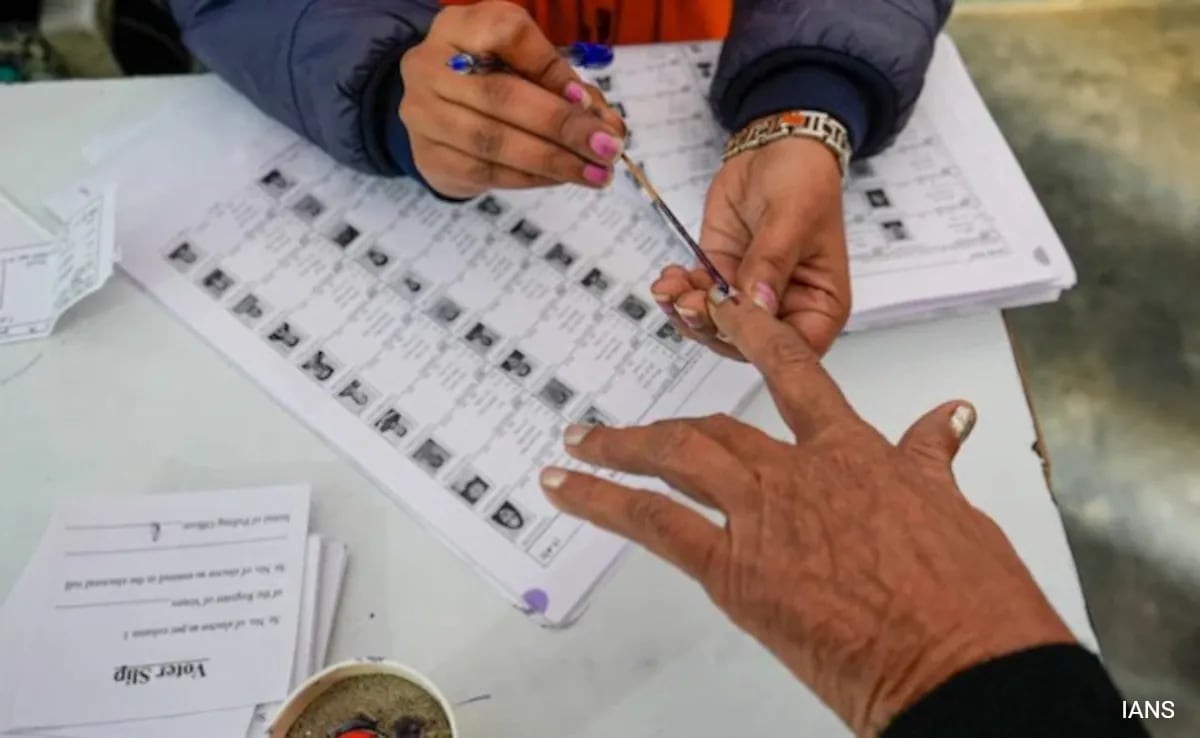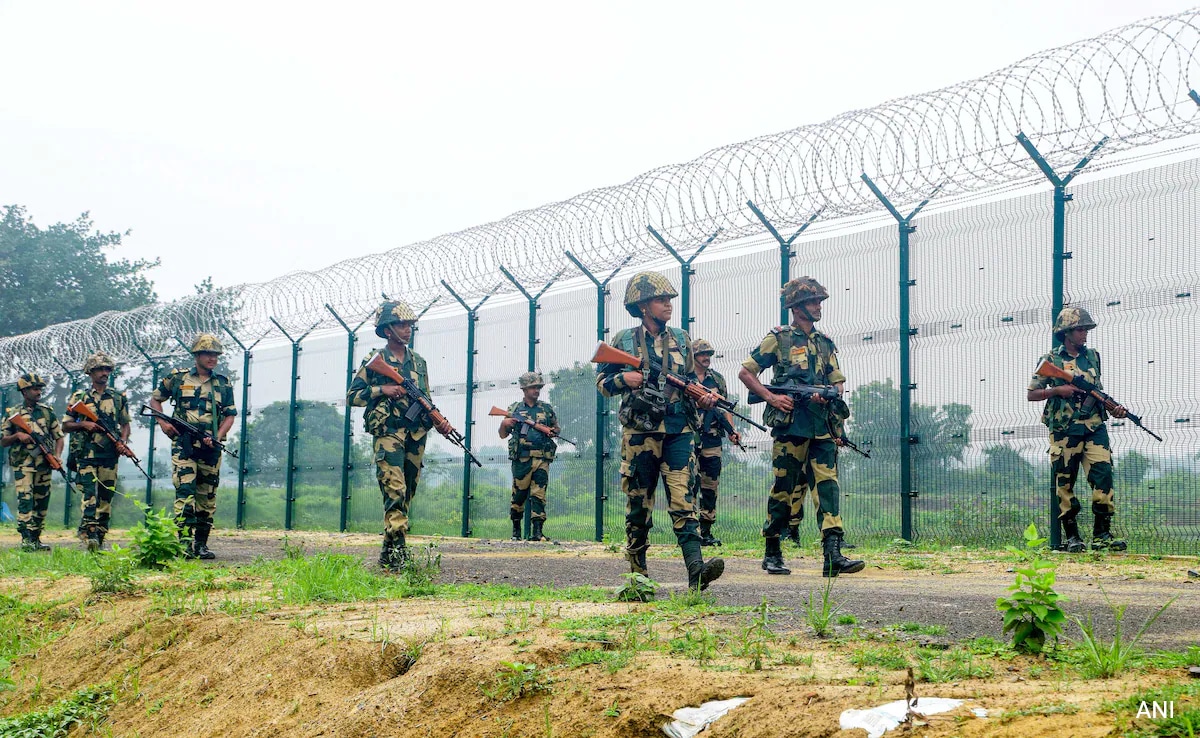<p>India’s annual oil import bill could rise by USD 9-11 billion if the country is compelled to move away from Russian crude in response to US threats of additional tariffs or penalties on Indian exports, analysts said.</p>
<p>India, the world’s third-largest oil consumer and importer, has reaped significant benefits by swiftly substituting market-priced oil with discounted Russian crude following Western sanctions on Moscow after its invasion of Ukraine in February 2022.</p>
<p>Russian oil, which accounted for less than 0.2 per cent of India’s imports before the war, now makes up 35-40 per cent of the country’s crude intake, helping reduce overall energy import costs, keep retail fuel prices in check, and contain inflation.</p>
<p>The influx of discounted Russian crude also enabled India to refine the oil and export petroleum products, including to countries that have imposed sanctions on direct imports from Russia. The twin strategy of Indian oil companies is posting record profits.</p>
<p>This is, however, now under threat after US President Donald Trump announced a 25 per cent tariff on Indian goods plus an unspecified penalty for buying Russian oil and weapons. The 25 per cent tariff has since been notified but the penalty is yet to be specified.</p>
<p>Coming within days of the European Union banning imports of refined products derived from Russian-origin crude, this presents a double whammy for Indian refiners.</p>
<p>Sumit Ritolia, Lead Research Analyst (Refining & Modeling) at global real-time data and analytics provider Kpler termed this as “a squeeze from both ends”.</p>
<p>EU sanctions – effective from January 2026 – may force Indian refiners to segment crude intake on one side, and on the other, the US tariff threat raises the possibility of secondary sanctions that would directly hit the shipping, insurance, and financing lifelines underpinning India’s Russian oil trade.</p>
<p>”Together, these measures sharply curtail India’s crude procurement flexibility, raise compliance risk, and introduce significant cost uncertainty,” he said.</p>
<p>Last fiscal, India spent over USD 137 billion on import of crude oil, which is refined into fuels like petrol and diesel.</p>
<p>For refiners like Reliance Industries Ltd and Nayara Energy – who collectively account for a bulk (more than 50 per cent in 2025) of the 1.7–2.0 million barrels per day (bpd) of Russian crude imports into India – the challenge is acute.</p>
<p>While Nayara is backed by Russian oil giant Rosneft and has been sanctioned by the EU last month, Reliance has been a big fuel exporter to Europe.</p>
<p>As one of the world’s largest diesel exporters – and with total refined product exports to Europe averaging around 200,000 bpd in 2024 and 185,000 bpd so far in 2025 – Reliance has extensively utilised discounted Russian crude to boost refining margins over the past two years, according to Kpler.</p>
<p><strong>Also Read : <a title=”The Sept 15 ITR Filing Deadline Isn’t The Finish Line: Why Your ITR Can Still Get You A Notice” href=”https://news.abplive.com/business/personal-finance/income-tax-return-filing-deadline-september-15-itr-notice-1792421″ target=”_self”>The Sept 15 ITR Filing Deadline Isn’t The Finish Line: Why Your ITR Can Still Get You A Notice</a></strong></p>
<p>”The introduction of strict origin-tracking requirements now compels Reliance to either curtail its intake of Russian feedstock, potentially affecting cost competitiveness, or reroute Russian-linked products to non-EU markets,” Ritolia said.</p>
<p>However, Reliance’s dual-refinery structure – a domestic-focused unit and an export-oriented complex – offers strategic flexibility. It can allocate non-Russian crude to its export-oriented refinery and continue meeting EU compliance standards, while processing Russian barrels at the domestic unit for other markets.</p>
<p>Although redirecting diesel exports to Southeast Asia, Africa, or Latin America is operationally feasible, such a shift would involve narrower margins, longer voyage times, and increased demand variability, making it commercially less optimal, he said.</p>
<p>Kpler data shows a notable decline in India’s Russian crude imports in July (1.8 million bpd versus 2.1 million bpd in June), aligning with seasonal refinery maintenance and weaker monsoon-driven demand. However, the drop is more pronounced among state-run refiners, likely reflecting heightened compliance sensitivity amid mounting geopolitical risk.</p>
<p>Private refiners, who account for over 50 per cent of Russian crude intake, have also begun reducing exposure, with fresh procurement diversification underway this week as concerns over US sanctions intensify.</p>
<p>Ritolia said replacing Russian crude isn’t plug-and-play. The Middle East is the logical fallback, but has constraints – contractual lock-in, pricing rigidity, and a mismatch in crude quality that affects product yield and refinery configuration.</p>
<p>”The risk here is not just supply but profitability. Refiners will face higher feedstock costs, and in the case of complex units optimized for (Russian) Urals-like blends, even margins will be under pressure,” he said.</p>
<p>On the future course, Kpler believes India’s complex private refiners – backed by robust trading arms and flexible configurations – are expected to pivot toward non-Russian barrels from the Middle East, West Africa, Latin America, or even the US, where economics permits.</p>
<p>This shift, while operationally feasible, will be gradual and strategically aligned with evolving regulatory frameworks, contract structures, and margin dynamics.</p>
<p>However, replacing Russian barrels in full is no easy feat – logistically daunting, economically painful, and geopolitically fraught. Supply substitution may be feasible on paper, but remains fraught in practice.</p>
<p>”Financially, the implications are massive. Assuming a USD 5 per barrel discount lost across 1.8 million bpd, India could see its import bill swell by USD 9–11 billion annually. If global flat prices rise further due to reduced Russian availability, the cost could be higher,” it said.</p>
<p>This would increase fiscal strain, particularly if the government steps in to stabilize retail fuel prices. The cascading impact on inflation, currency, and monetary policy would be difficult to ignore.</p>
<div id=”article-hstick-inner” class=”abp-story-detail “>
<div id=”article-hstick-inner” class=”abp-story-detail “>
<p><em><strong>(This report has been published as part of the auto-generated syndicate wire feed. Apart from the headline, no editing has been done in the copy by ABP Live.)</strong></em></p>
</div>
</div>
World
US Pressure On Russian Oil Trade May Cost India Up To $11 Billion, Say Experts
by aweeincm

Recent Post

Bihar MP’s Wife A Voter In 2 Separate Constituencies: Report
An MP from Bihar who challenged the Special Intensive Revision ... Read more

Man Dies After Being “Beaten Up” By BSF Personnel In Assam
A 30-year-old man died after allegedly being thrashed by a ... Read more

‘Private Part Cut Off, Body Dumped’ Of Odisha Man Over ‘Witchcraft’ Suspicion
A group of people killed a 35-year-old man and cut ... Read more

“Some Don’t Agree To Share Power”: DK Shivakumar At Congress Event In Delhi
Congress’s DK Shivakumar, seen as engaged in a tussle with ... Read more